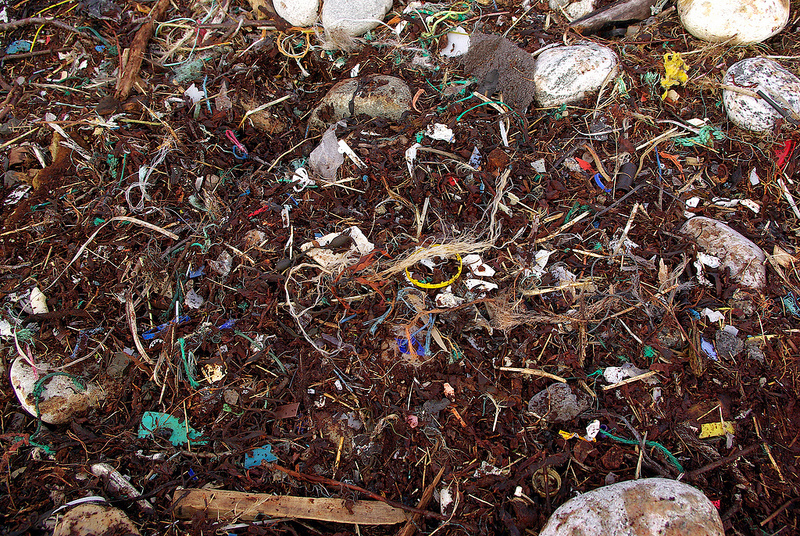On October 29, the Great Lakes and St. Lawrence Cities Initiative sent letters asking regulators and industry to commit to cleaning up microplastics in the Great Lakes and St. Lawrence, and to remove microplastics from personal care products. The Cities initiative also enlisted the help of more than 100 mayors in reaching out to both citizens and businesses to raise awareness of the threat microplastics pose to the Lakes.

Microplastics–any plastic debris smaller than 5mm in diameter–are a particularly serious problem in Lake Erie, which has the highest concentrations of any body of water on Earth, according to 2012 research by SUNY Fredonia professor Dr. Sherri Mason.
Microplastics threaten the Great Lakes in a number of ways: when ingested by wildlife, they cause blockage and dehydration; their presence affects the quality of ecosystems and habitats; and they absorb and transport other pollutants already in the water, such as DDT, polyaromatic hydrocarbons (PAHs), and polychlorinated biphenyls (PCBs).
“These microplastics are invisible and can permeate the entire water body all the way down to the lake bed,” said secretary-treasurer of the Cities Initiative, Mayor John Dickert of Racine, Wisconsin. “Even though you cannot see them, they pose a very real threat to human and wildlife health.”
For more information on the threat of microplastics in the Great Lakes, read Saul Chernos’s recent article for Water Canada, “Message in a Bottle.”









